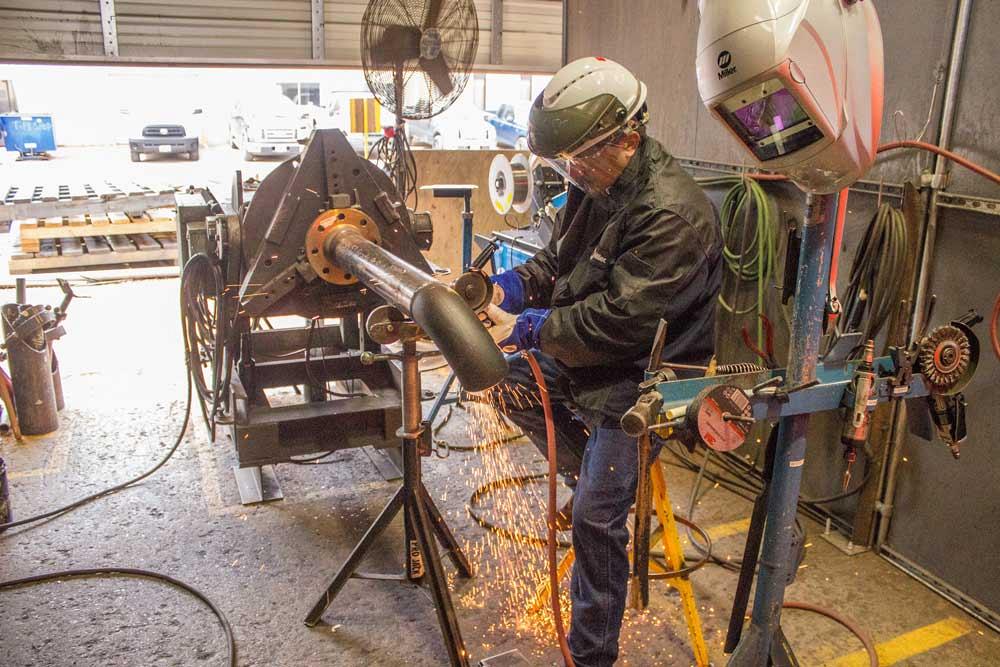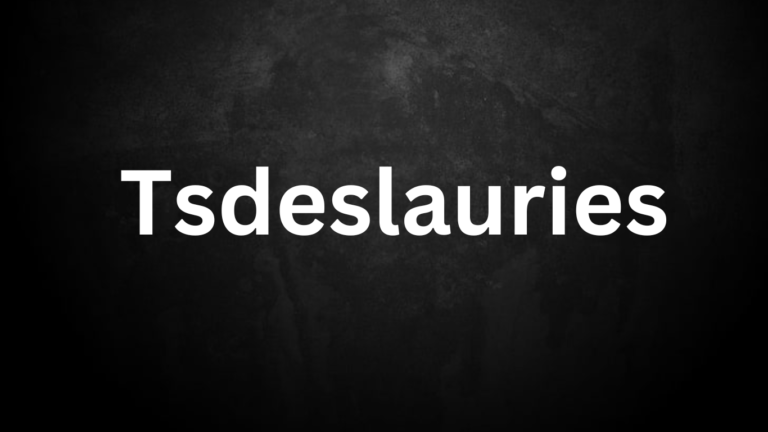Why Are Tack Welds Feathered?
A tack weld is a temporary weld first applied to two to-be-welded parts to hold them intact before the final welding. While the tack welding process is simple, it might not guarantee quality weld joints for aesthetic parts due to the tack-forming bumps that persist after applying the final weld.
To solve this problem, precision sheet metal fabrication services recommend an additional process to the tack welding called feathering before final welding. This will ensure a smooth welded joint and is responsible for the reliance of parts manufacturing industries like automotive and aerospace on the process.
Why feather a tack weld? This article will answer the question by introducing tack welding and explaining the feathering process. This will then give information on why you need to feather the weld. Going through the article, you can decide whether or not to adopt the method for your project.
What is Tack Welding?
Before we answer why tack welds need to be feathered, you need to understand the tack welding process, which we will explain using an analogy. Imagine you want to glue two paper sheets together. Many will first dab the joint with small glue dots to hold the two sheets in place. That is tack welding, and the small glue dots are the tacks.
In summary, tack welding is a welding technique that involves placing small, temporary welds along the intended welding joint at specific intervals. These tacks hold the joint together, maintaining alignment and preventing distortion during the final welding.
Tack welds come in different types, each with specific applications and a need for feathering. The most common type is the single tack weld, a small, isolated weld used primarily to hold individual components in place.
Another type is the chain tack weld, which is applied continuously on long joints or complex assemblies. Lastly, intermittent tack welds are typical in large structures or high-stress joints. Their spacing provides stability and minimizes heat input.
Tack welding is important in industries with large product assemblages or thermosensitive materials. Hence, it is not surprising that it is common in the automotive and aerospace part manufacturing industries.
Undoubtedly, tack welds solve many problems. However, there are some issues due to the tack welding process and sometimes the welder’s handling and experience. A tack weld is bumpy, which can be retained after applying the final weld. Hence, the welded joint or the part as a whole can have structural inconsistency, weak points, stress concentrations, and aesthetic issues. This is where tack weld feathering comes in, as explained in the next section.
What is Tack Weld Feathering?
Using our previous analogy, imagine smoothing the small glue dots so they are not bumpy. This will make applying a full glue line without the small glue dot affecting the joint easier. The same applies to tack welds, with the smoothing process called feathering (tack weld feathering).
Officially, tack weld feathering involves smoothening the tack using techniques like grinding to create a smooth transition between the tack and the surrounding material.
How to Feather a Tack Weld
Feathering a tack weld is achievable using angle grinders and files/abrasive pads. Each tool functions differently and is applicable at different stages of the process. However, they all aim to remove excess material from the tack weld’s edges so it can blend seamlessly with the to-be-welded workpiece.
Feathering begins with grinding, which involves using an angle grinder to ground down the tack weld’s edges. The tack welder holds the grinder at an angle to ensure a smooth and tapered transition. After the grinding, the welder uses files or abrasive pads to eliminate rough spots and ensure a smooth and consistent finish.
Lastly, inspection occurs to check for the smoothness and uniformity of the tack welded joint, which includes checking for sharp edges or uneven surfaces. A satisfactory process will show that.
Why Are Tack Welds Feathered?
Tack welding has its benefits, but feathering makes the process more acceptable to many parts manufacturing industries, especially those that deal with product assemblages and require a certain level of aesthetic standard.
Feathering the tack weld will improve the weld joint’s structural integrity and appearance. The better fusion between the tack and the final weld bead will reduce defects like cracks, undercuts, or porosity.
Moreover, feathering the tack weld will reduce stress concentrations at its edges, which are initiation points for cracks. The technique encourages a better stress distribution across the weld joint, improving weld durability and fatigue resistance.
Additionally, smoothing the surface leads to better penetration of the final weld bead, reducing the risk of incomplete fusion. Lastly, many precision sheet metal fabrication services aim to improve the aesthetic quality of the final part by tack weld feathering. Feathered tack welds produce a cleaner and more professional-looking final product.
Best Practices in Feathering Tack Welds
Pay attention to the tips below during the feathering process to achieve excellent tack weld feathering. The first tip is maintaining consistent pressure and angle during the grinding and filing stages. This will prevent overgrinding or the tendency to have uneven surfaces.
Another thing to pay attention to is the tool selection and the workpiece material. The general rule of thumb in part manufacturing is always using the right tool for the suitable material. For example, aluminum is soft and requires light grinding using soft abrasive pads warp compared to steel, which requires more aggressive grinding tools.
Another consideration in tack weld feathering is the parent welding process, which now depends on the material and the joint configuration. MIG welding often involves using large tack welds, which necessitates feathering. On the other hand, TIG welding produces finer welds with smoother transitions, hence the reduced reliance on feathering.
Lastly, inspect the tack welds for uniformity, smoothness, and conformity to the desired specifications before proceeding to the final welding pass.
The Role of Feathering in High-Precision Manufacturing
Industries like automotive and aerospace manufacturing require precision and tight tolerance, structural integrity, and aesthetic preservation or improvement during welding, which needs to incorporate feathering techniques.
Feathering tack welds is particularly important in applications that need fatigue resistance and load-bearing capacity. In these settings, a minor defect that is preventable by feathering might lead to catastrophic failures.
Conclusion
Feathering a tack weld is a recommended technique used by precision sheet metal fabrication services to eliminate bumps formed by tacks that persist after applying the final weld. This reduces stress concentrations and increases joint strength and weld penetration, leading to a smooth and structurally durable welded joint.
Adopting tack weld feathering can produce durable, reliable, and aesthetically pleasing welded structures in part manufacturing processes that require welding.






